Architectural legacy of Murtuza Mukhtarov: A visionary philanthropist and oil magnate Part II / PHOTO
Continuation. Beginning is here.
Murtuza Mukhtarov was an outstanding oil industrialist, philanthropist, and architect who left a significant mark on the history of Baku through his engineering projects and charitable contributions.
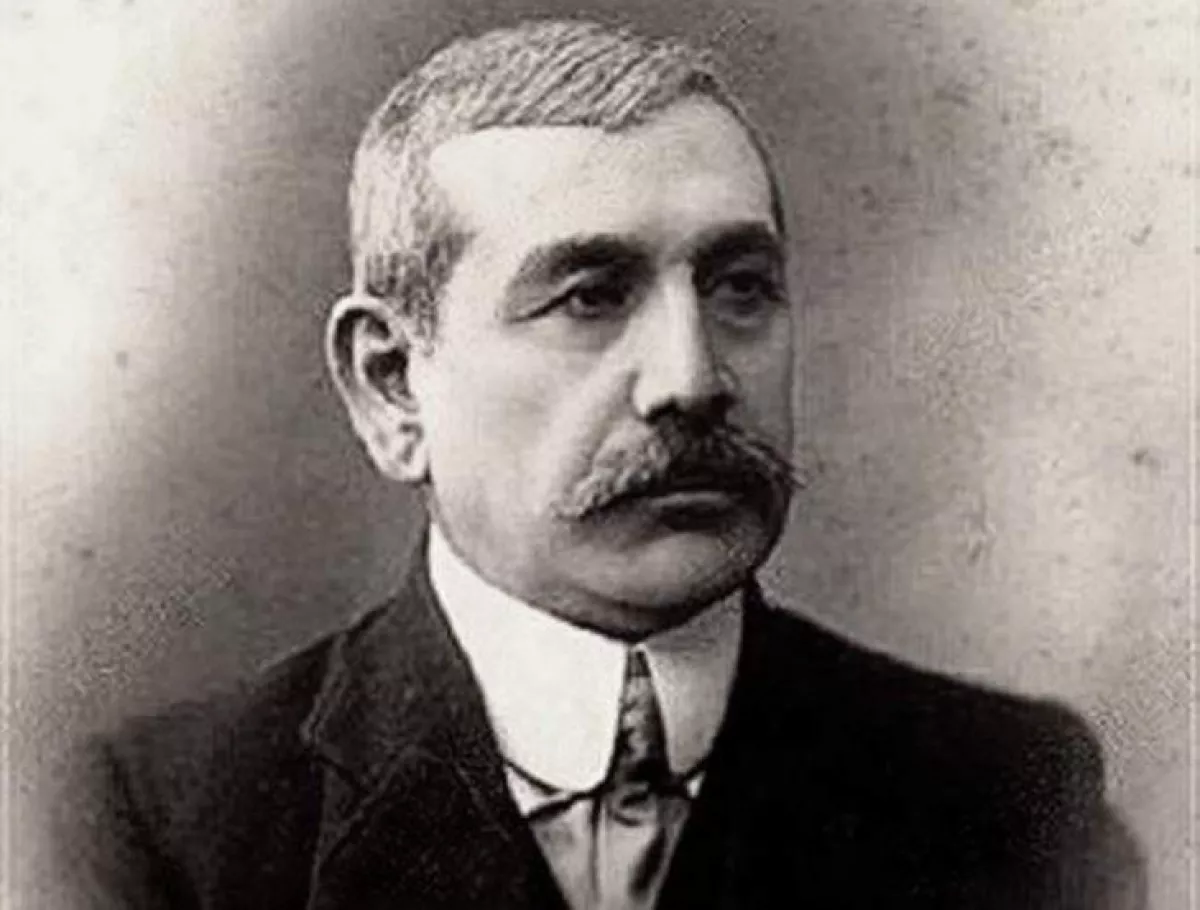
Mukhtarov owned a plot of land at the intersection of Kaspiyskaya Street (now Rashid Behbudov Street) and Nizhne-Priyutskaya Street (now Suleyman Rahimov Street). In 1910, construction began on a two-storey house on this site at his request. The project was designed by the renowned architect Józef Płoszko. The building was executed in an exquisite Italian Renaissance style, reflecting the refined taste of its owner. The architectural design was distinguished by harmonious proportions and elegant decorative elements.
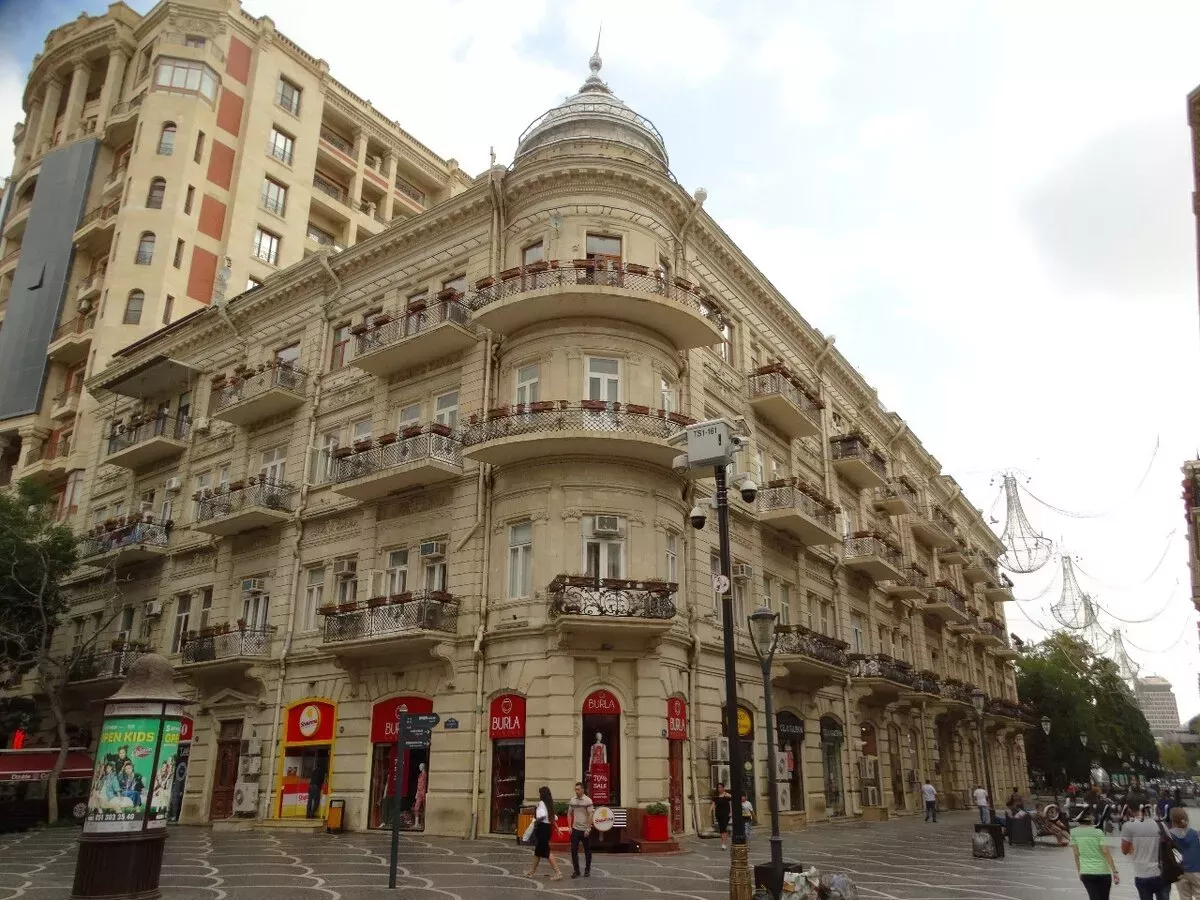
On the ground floor, the building housed shops with cellars and offices, while the upper floor contained apartments equipped with modern amenities. The rooms in the apartments were arranged in two rows. The main entrance was designed with a striking portal. The monumentality of the building’s composition was defined by semicircular arches set between pilasters. The vertical pilaster of the Corinthian order featured classical horizontal divisions that supported pairs of windows. Five arches rested simultaneously on a pilaster of the Tuscan order. The inter-floor openings and the vertical sections beneath the windows, together with the base of the relief pilasters and the protruding pilons, created a voluminous and sculptural façade structure.
Mukhtarov’s revenue house became a symbol of its creator’s prosperity and a vivid contribution to the city’s cultural and architectural heritage. According to a resolution by the Cabinet of Ministers of the Republic of Azerbaijan, it is recognised as an architectural monument of local historical and cultural significance.
Another creation of philanthropist and oil millionaire Murtuza Mukhtarov is his villa in Mardakan, which was established in the 1880s. Thousands of cubic metres of the most fertile black soil were brought in by barge across the sea and then transported to the site using carts and camels. At the very centre of the property, amidst lush greenery of exotic flowers and shrubs, still stands Mukhtarov’s magnificent mansion.
A man of taste and grand vision, Mukhtarov sought to give his villa a distinctive character not only through the architecture of the palace, its orchards and flower gardens, but also through the unique design of its hydraulic structures. The Mukhtarov Villa incorporated the traditions of Middle Eastern landscape and garden design. It also set the precedent for the development of many country villas in the region.
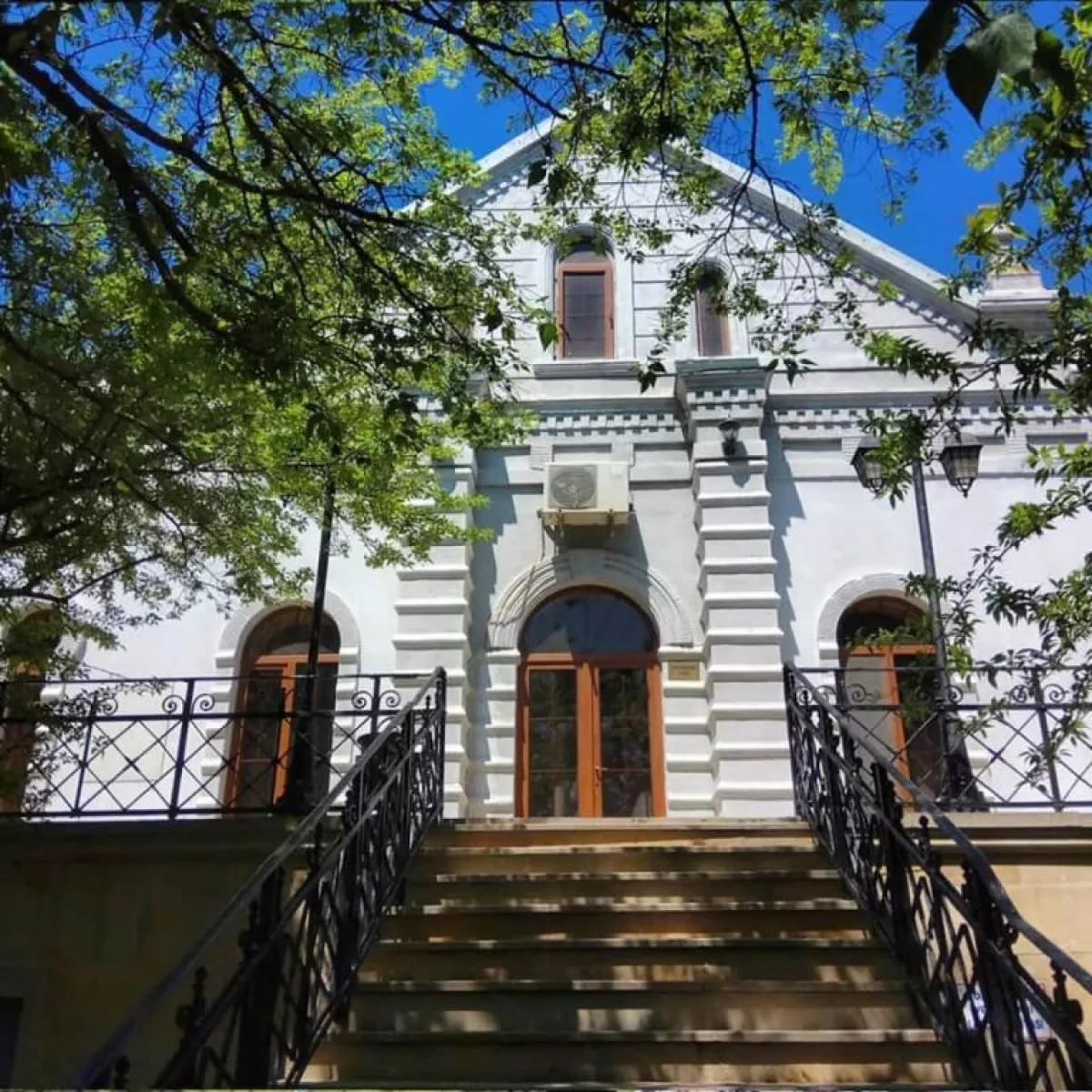
After the establishment of Soviet rule, with the help of renowned botanist and academician Nikolai Ivanovich Vavilov, the Mardakan dendrological garden was created here. Today, it houses more than two thousand remarkable representatives of the plant kingdom from Australia, Africa, America, the Mediterranean, Japan, China, Central Asia, the Far East, the Caucasus, and other regions of the world. An interesting fact — at the beginning of the 20th century, the great Russian poet Sergey Yesenin lived here for some time. The former summer residence of the oil millionaire seemed like a true paradise in the midst of the waterless saline steppe of Absheron. It’s also noteworthy that episodes of the famous films Arshin Mal Alan, If Not That One, Then This One, and The Headless Horseman were filmed here.
There are many architectural gems built by Mukhtarov. For example, in 1913, he constructed a magnificent lighthouse tower for fishermen to use as a navigational landmark. This lighthouse is located in the Khazar district of Baku, not far from the "Severnaya" (Northern) power station. Even today, despite its weathered condition, this lighthouse tower proudly gazes into the distant sea. As with all the buildings created by Mukhtarov, this structure also carries a sense of refined taste and grandeur. Even after more than a century, this historical monument continues to inspire with its architectural expressiveness and resilience against the passage of time.
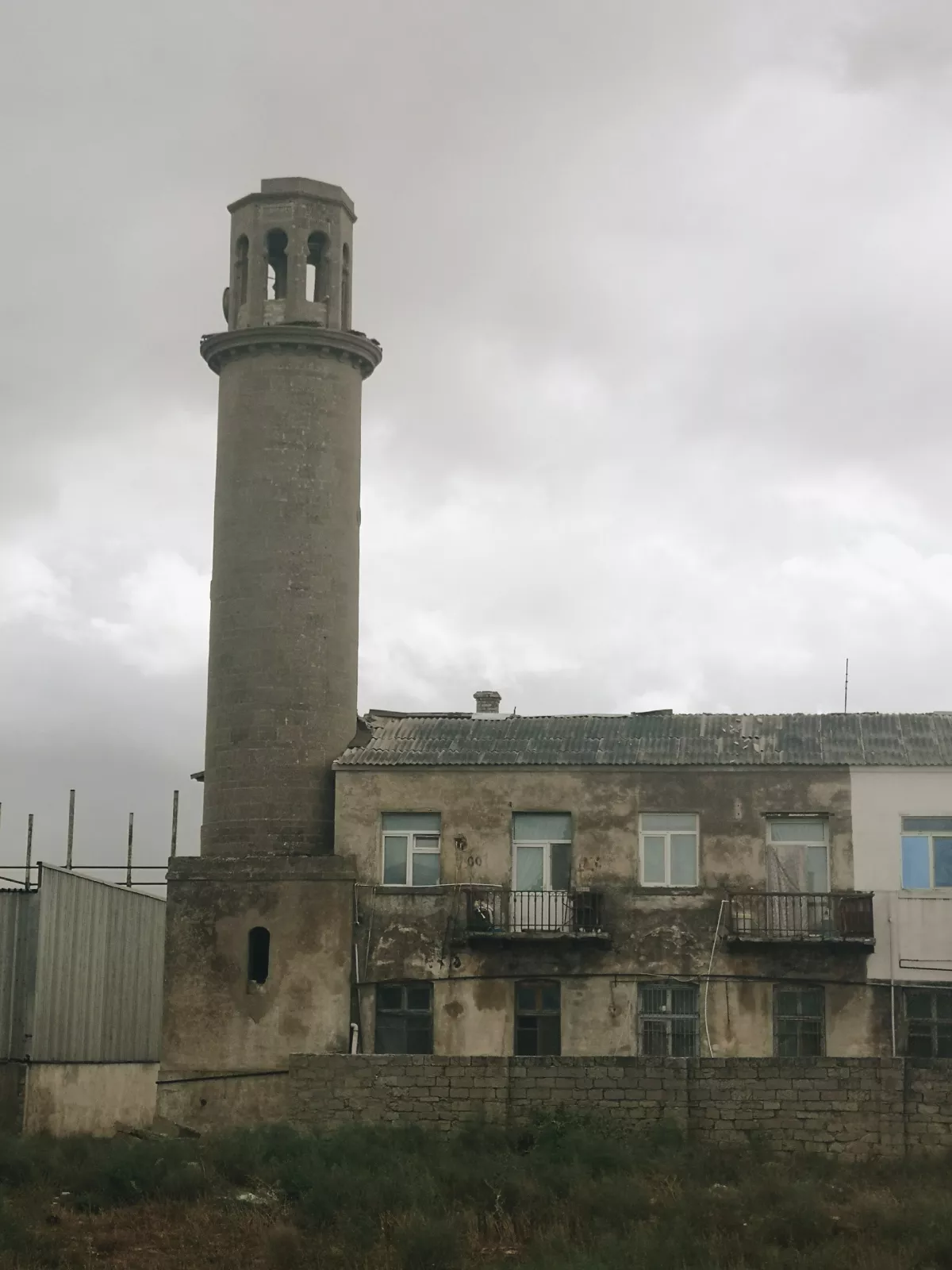
Speaking about the architectural legacy of Murtuza Mukhtarov, it is impossible not to mention his involvement in the construction of the Cathedral Mosque in Saint Petersburg. Along with Haji Zeynalabdin Taghiyev, Shamsi Asadullayev, Agha Musa Nagiyev, and other philanthropists, he played a key role in the realization of this grand project. Designed by Nikolai Vasilyev and Stanislav Krichinsky in the style of northern modernism, the mosque, whose construction spanned from 1909 to 1920, can accommodate up to 5,000 people and is adorned with beautiful mosaics decorating the dome, minarets, and portal. The height of the minarets is 48 meters, while the dome rises to 39 meters, creating a majestic and harmonious sight. This mosque remains one of the main landmarks of Saint Petersburg, symbolizing the city's cultural and historical heritage. It also serves as an important center for the Muslim community in St. Petersburg, maintaining its significance and drawing attention as an architectural masterpiece.
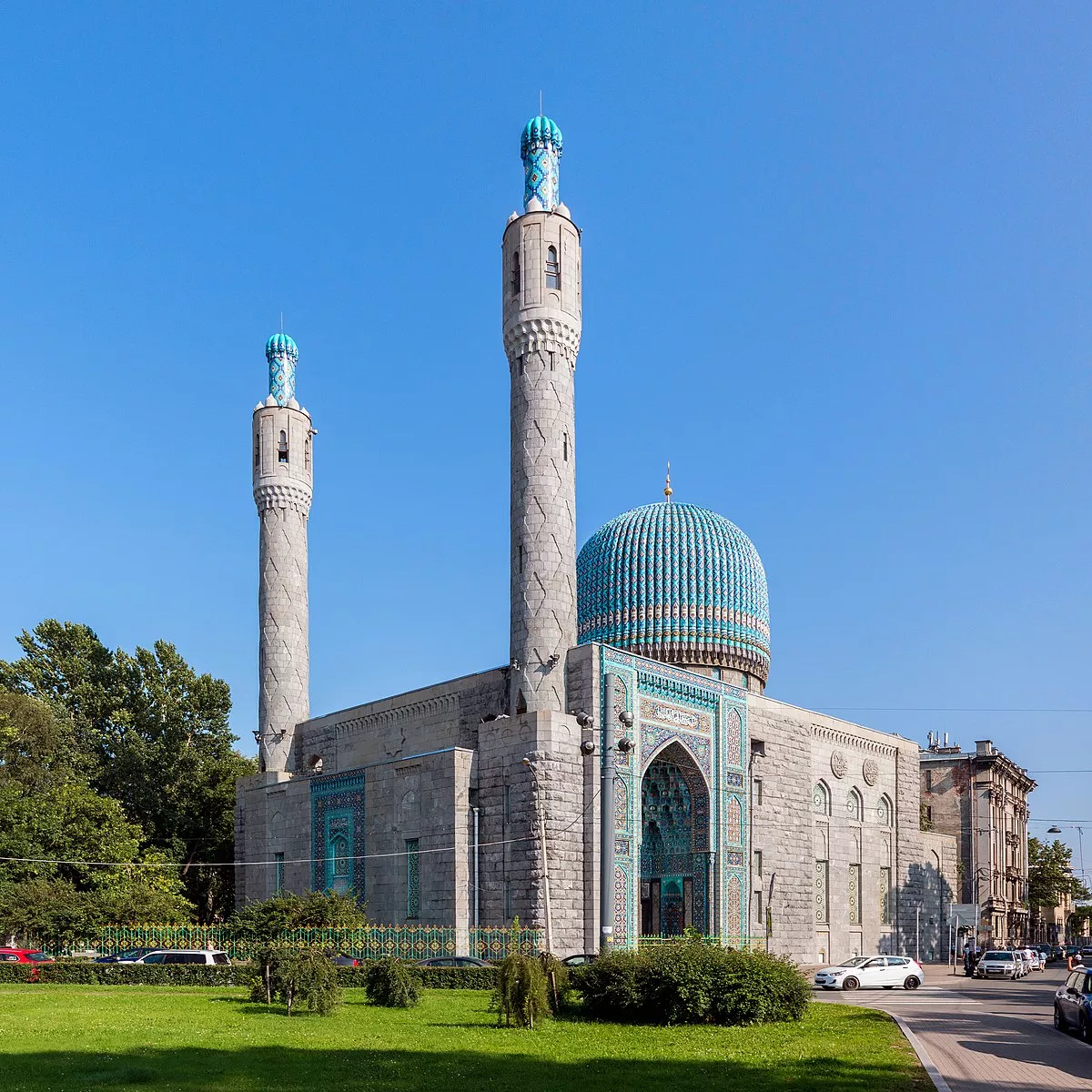
Sadly, the life of this noble man ended tragically in the early days of the revolution. After his death, Mukhtarov was reburied in the courtyard of the mosque he had built in the village of Amirjan. After Azerbaijan gained independence, a gravestone was erected over his tomb, created by the national artist Haji Eldar Mikayilzade in 2002. The richly decorated gravestone features Quranic verses, an image of the mosque itself, oil rigs, and other elements.
The life journey of Murtuza Mukhtarov is an inspiring story of a man who, through perseverance, talent, and outstanding entrepreneurial skills, rose from a humble worker to one of the largest oil industrialists of his time. His name became synonymous with hard work, foresight, and generosity. Mukhtarov not only built a successful business but also invested his resources in charity, supported education, culture, and social projects. He was not merely an oil magnate but a true philanthropist! His architectural projects, including mosques and palaces, have become an integral part of the cultural heritage, preserving his memory for generations to come. Today, Murtuza Mukhtarov’s name is associated not only with economic development but also with human kindness and the desire to make the world a better place. His contribution to the history and culture of his homeland continues to inspire future generations, reminding us of the importance of hard work, honesty, and the will to leave a positive legacy.
Vahid Shukurov, exclusively for Caliber.Az








